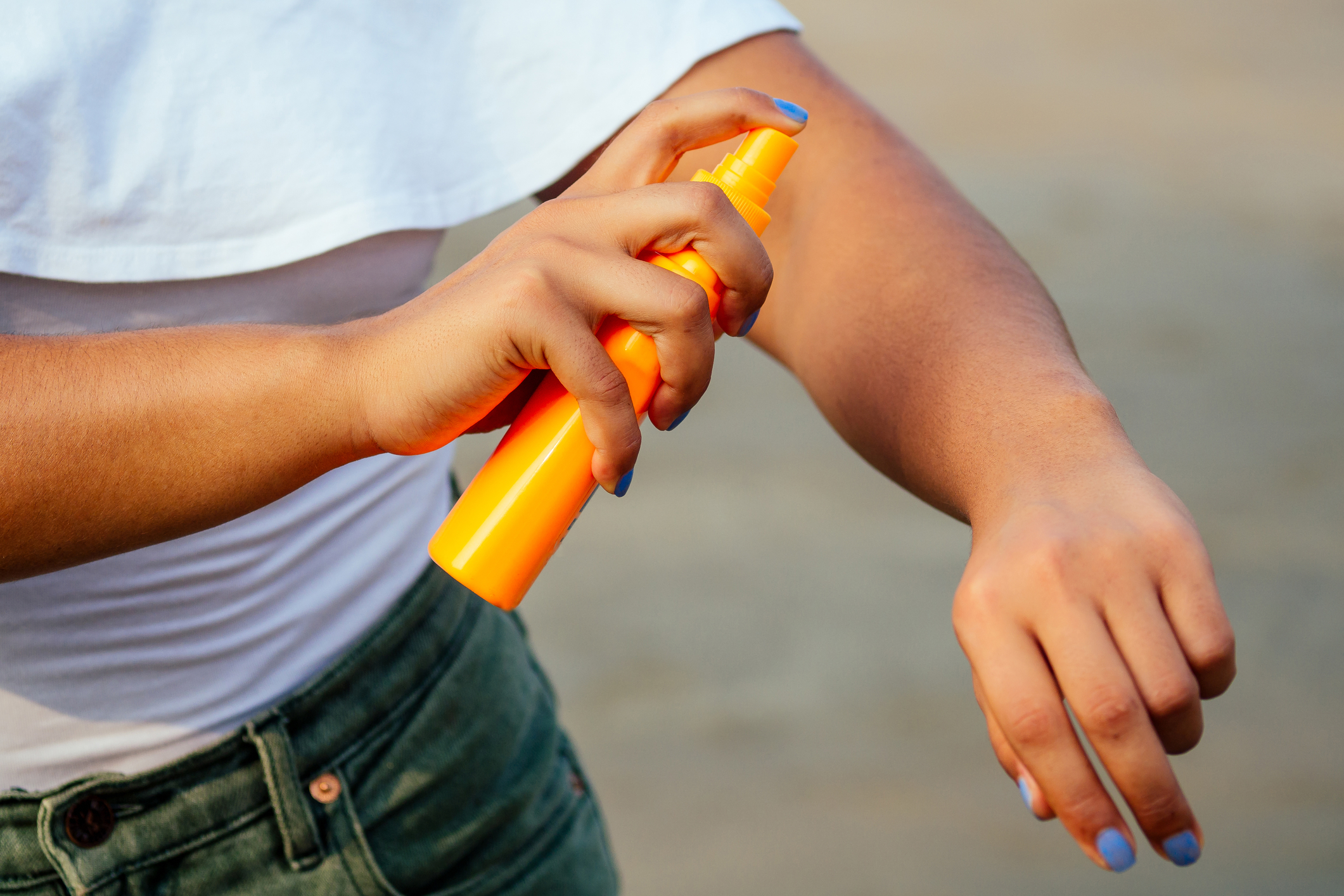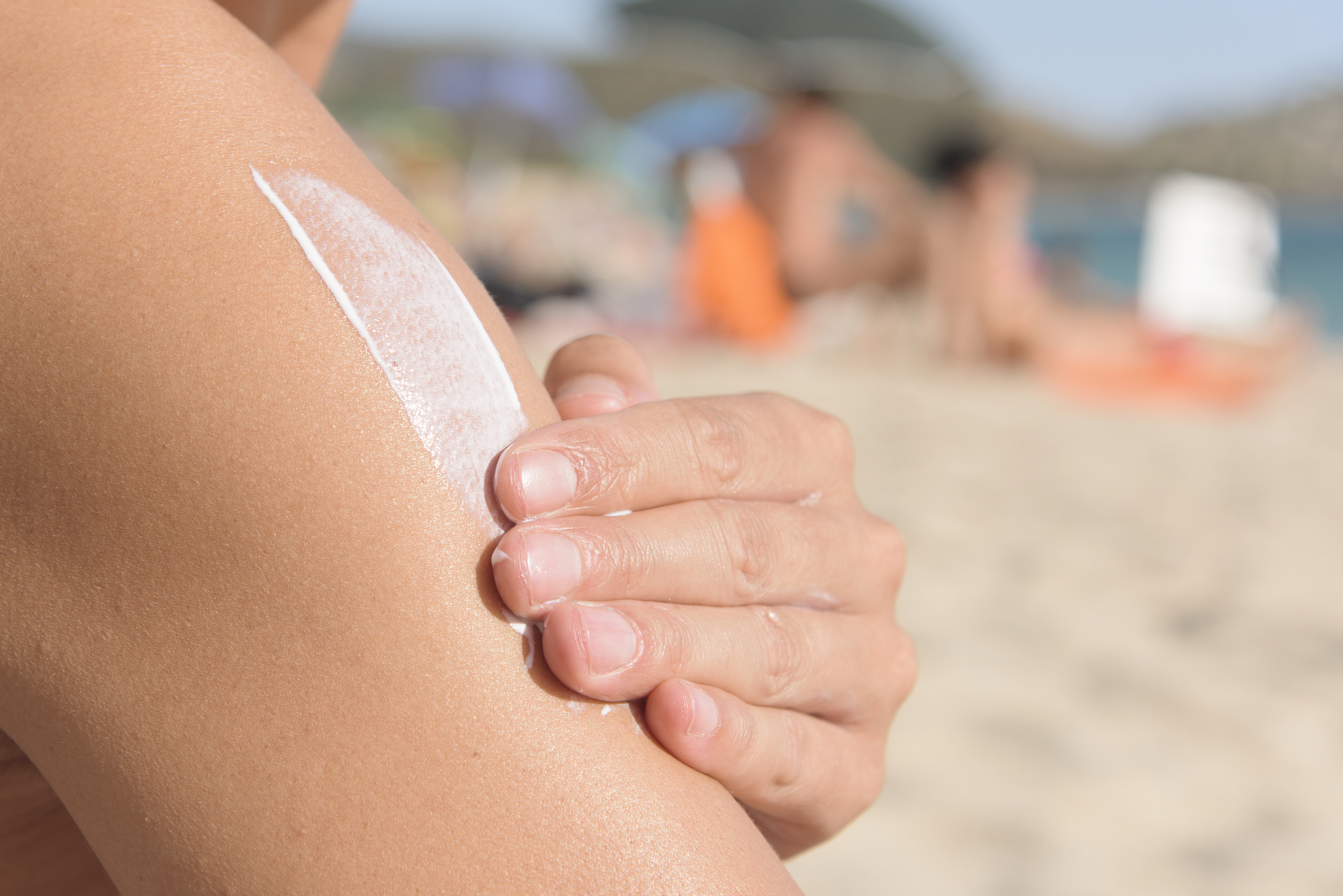Sunny Side Down: Unmasking the Perils of Sun Poisoning
To understand the dangers lying beneath the gloriously sunny skies, it's crucial to first unmask what sun poisoning exactly is. Contrary to its slightly dramatic name, sun poisoning doesn't mean you've been 'poisoned' in a traditional sense. It refers to a severe case of sunburn that goes beyond reddened skin and minor discomfort. This condition, also known as photodermatitis, happens when you are exposed to ultraviolet (UV) radiation from the sun for an extended period. As we dive deeper, the term 'Sunny Side Down' will start making significant sense.
While mild sunburn can indeed be an inconvenience, sun poisoning is a far more serious issue, marked by skin redness and blistering, pain and tingling, swelling, and headache. Additionally, some people may experience fever, chills, nausea or vomiting, and even fainting in severe cases. It is worthy to note that sun poisoning doesn't mean you're immune to the sun—it's just essentially signaling that you have overdone your sun exposure, often without adequate protection.
Why Sun Poisoning Happens

Our second inquiry into unmasking the perils of Sun Poisoning delves into why this condition occurs in the first place. The most straightforward answer is overexposure to the sun's harmful UV rays without adequate skin protection. These rays can damage the DNA in the skin cells, leading to an inflammatory reaction in the body.
Interestingly, some people are more susceptible to sun poisoning than others. Factors such as having a fair complexion, living or vacationing at high altitudes or near the equator, taking certain medications, or having a history of sun poisoning can increase the risk of developing the condition.
Signs and Symptoms to Watch For

Knowing the signs and symptoms of sun poisoning is vital to ensuring quick treatment. These typically manifest about 30 minutes to several hours after sun exposure. In addition to severe sunburn, other key symptoms include skin redness and blistering, pain and tingling, swelling, and severe itching. Systemic symptoms like headaches, fever, and chills, nausea, rapid pulse and breathing, fainting, and even dehydration can also be observed.
Treating Sun Poisoning

If it's evident that you're dealing with sun poisoning, there are several treatment steps you can immediately undertake to reduce pain and speed up recovery. The foremost action is to get out of the sun and into a cool, shady place. Hydration is crucial to recover fluid loss through the skin. Applying cold compresses or immersing the affected skin in cool water can also provide relief.
Over-the-counter pain relievers can manage the discomfort, and creams or gels containing aloe vera can soothe the skin. However, in cases of severe blistering, dehydration, or when systemic symptoms are present, immediate medical attention is crucial.
Prevention is Better Than Cure

The last key to unmasking sun poisoning lies not in treating it but in preventing its occurrence altogether. Prevention revolves around limiting sun exposure, particularly between 10 AM and 4 PM when UV radiation is at its peak. Wearing appropriate clothing like long-sleeved shirts, long pants, wide-brimmed hats, and sunglasses can provide physical barriers against the sun.
Applying and reapplying sunscreen of at least SPF 30 that protects against both UVA and UVB rays is crucial when you're outside. Staying hydrated when in the sun and being aware of any medications that may make you more susceptible to sunburn can also help to ensure than your times under the sun stay happy and harm-free.